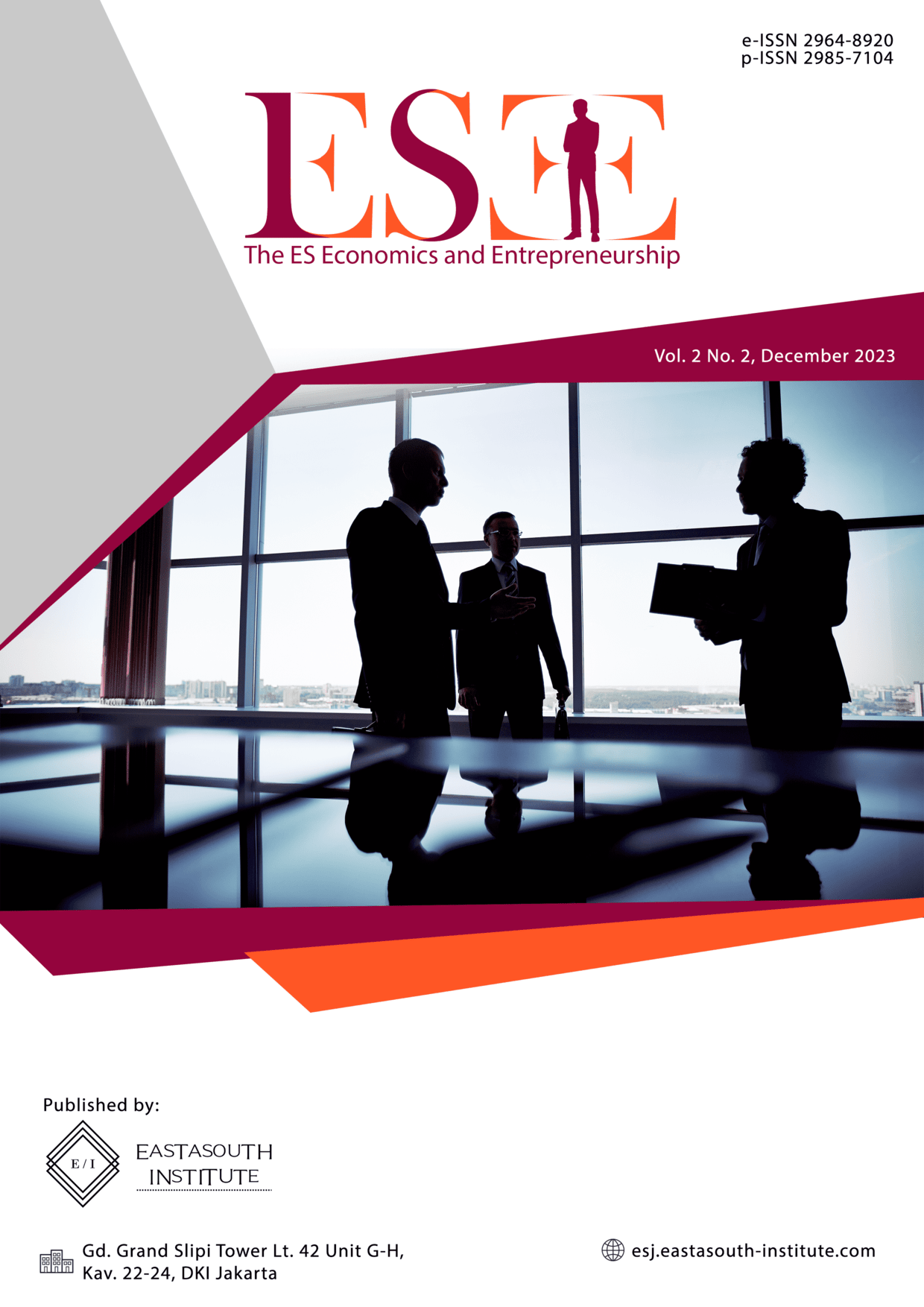A Study Literature of Interest Rates and Islamic Monetary Policy
Main Article Content
Abstract
This paper provides a comprehensive analysis of the existing literature about contemporary Islamic monetary policy and its implementation through interest rates in the context of monetary policy. Upon conducting a comprehensive examination of the pertinent literature, it becomes evident that numerous conventional monetary policy instruments can be suitably modified and employed within the framework of Islamic monetary policy. Using interest rates as a monetary policy tool has been observed to directly impact injustice, including social unfairness, widespread corruption, and manipulation by global financial institutions that governments and authorities support. The current global financial crisis exemplified this. This study aims to analyze the several alternatives to interest rates utilized in Islamic monetary policy tools while also conducting a literature analysis on Islamic monetary policy.
Article Details

This work is licensed under a Creative Commons Attribution-ShareAlike 4.0 International License.
References
M. Petticrew and H. Roberts, “Systematic Reviews in the Social Sciences: A Practical Guide,” Syst. Rev. Soc. Sci. A Pract. Guid., pp. 1–336, Jan. 2008, doi: 10.1002/9780470754887.
U. M. Chapra, Islam and the Economic Challenge, vol. 9, no. 4. 1992. doi: 10.35632/ajis.v9i4.2540.
M. Husin, “Efficiency of Monetary Policy Transmission Mechanism via Profit Rate Channel for Islamic Banks in Malaysia,” 2013.
M. E. H. Khatat, “Monetary Policy in the Presence of Islamic Banking,” IMF Work. Pap., vol. 16, no. 72, p. 1, 2016, doi: 10.5089/9781475523942.001.
M. A. Uddin and A. Halim, “Islamic Monetary Policy: Is there an Alternative of Interest Rate?,” Munich Pers. RePEc Arch., no. 67697, pp. 1–26, 2015, [Online]. Available: https://mpra.ub.uni-muenchen.de/67697/
D. Putriani and Prastowo, “A Critical Review on Interest Rate as A Tool of Monetary Policy,” Tazkia Islam. Financ. Bus. Rev., vol. 9, no. 2, pp. 150–165, 2014, [Online]. Available: http://www.tifbr-tazkia.org/index.php/TIFBR/article/view/93
I. Wisandani, S. Iswati, and R. Ismal, “The Monetary Policy in Indonesia: in the Perspective of Islamic Economics,” Int. J. Nusant. Islam, vol. 5, no. 1, pp. 59–74, 2017, doi: 10.15575/ijni.v5i1.1443.
Z. H. Orhan, S. Zaheer, and F. Kazancı, “Evaluating the current interest-free monetary policy tools and suggesting a new one: case of Turkey via examples of Malaysia, Pakistan, and Bahrain,” Qual. Res. Financ. Mark., vol. ahead-of-print, no. ahead-of-print, 2023, doi: 10.1108/QRFM-11-2021-0195/FULL/XML.
A. L. . Nugraha, Y. Janwari, M. A. . Athoillah, and S. Mulyawan, “Inflation And Monetary Policy: Bank Indonesia’s Role in Suppressing …,” Islam. Econ. Bus. Rev., vol. 2, no. 1, pp. 96–111, 2023.

